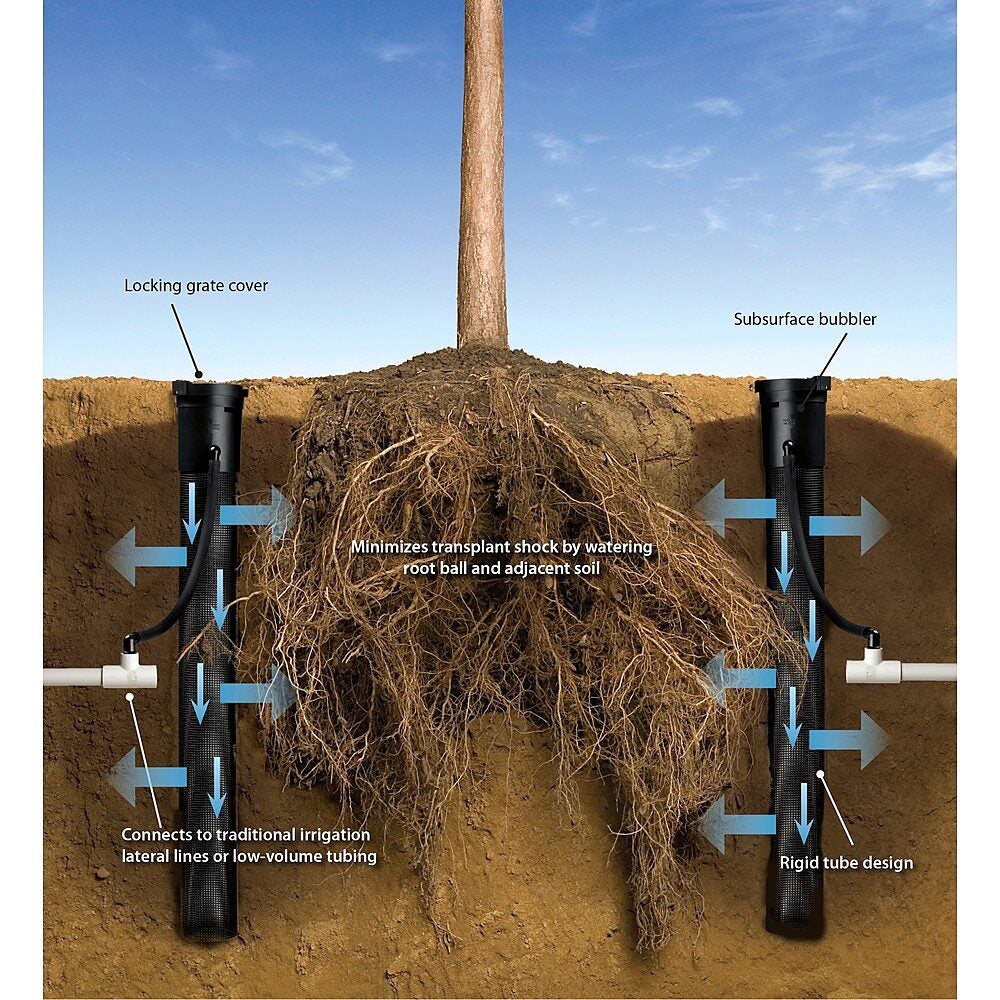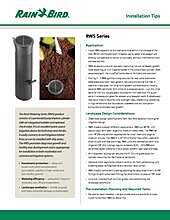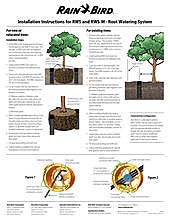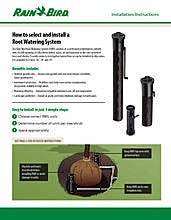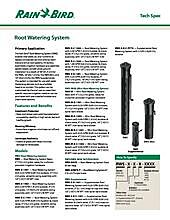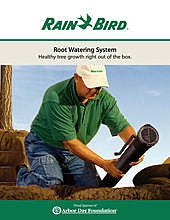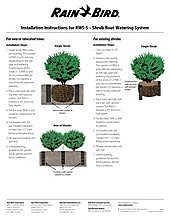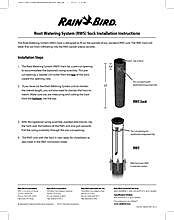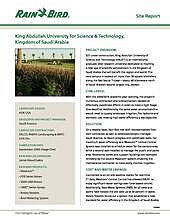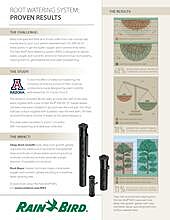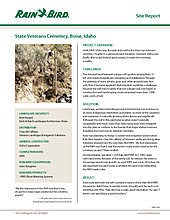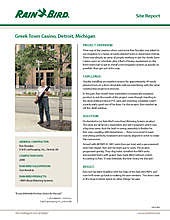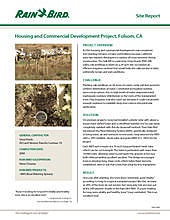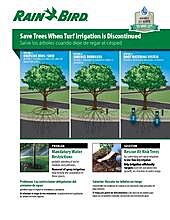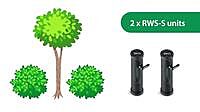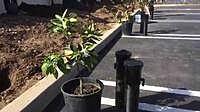- Irrigation
- Fencing Supplies
- Bobcat Equipment
- Case IH
- Big Tex Trailers
- Tractors & Equipment
- Yanmar
- Bush Hog Attachments
- Finishing Mowers
- Rotary Cutters
- Boom Mowers & Crop Flails
- Construction
- Landscape
- Blades
- BBX Series Box Blades
- SBX Series Box Blades
- RBX Box Blades
- MBX Series Box Blades
- Roll Over Rear Mnt Box Blade
- 35 Series Rear Mounted Blades
- 50 Series Rear Mounted Blades
- 70 Series Rear Mounted Blade
- 91 Series Rear Mounted Blade
- 100 Series Rear Mounted Blades
- 141 Rear Mounted Blade
- 160 Series Rear Mounted Blade
- 181 Rear Mounted Blade
- 225 Series Rear Mounted Blades
- 300 Series Rear Mounted Blades
- Cultipackers
- Graders
- Rakes
- Pulverizers
- Core Plug Aerators
- Spreaders
- Chippers
- Log Splitters
- Blades
- Snow Equipment
- Tillage
- Hay Tools
- Compact Implements
- UTV Implements
- Quicke Loaders
- Mahindra
- Kioti
- Deutz Fahr
- CLAAS
- Lane Shark
- Bad Boy Mowers
- Outdoor Lighting
- Contact
- Iron Bull Trailers
Root Watering System (RWS)
Root Watering System (RWS)
Rain Bird’s Root Watering System (RWS) enables vital water, oxygen, and nutrients to bypass compacted soil and directly reach tree and shrub root systems.
Its patented basket weave canister allows ground installation to a depth of 36" (91,4 cm) for the RWS, 18" (45,7 cm) for the RWS-M and 10" (25,4 cm) for the RWS-S. The RWS is intended for use with water dispensing devices such as a bubbler head or a drip emitter.
The RWS promotes tree and shrub investment protection, watering efficiency and landscape aesthetics through deep root growth and tree development.
Tree & Shrub Investment Protection
In a typical transplant project, as many as 20% of trees do not survive beyond two years. Over 50% of newly planted tree mortality is due to water and nutrient stress. Rain Bird’s RWS provides subsurface irrigation and aeration designed to prevent tree and shrub transplant shock. It allows the roots to grow deeper and broader resulting in greater tree stability, higher survival rates and long-term healthier growth.
Watering Efficiency
Subsurface, deep root watering and aeration ensures tree health and promotes accelerated growth. Subsurface watering is intelligent irrigation. RWS minimizes the total water volume required to irrigate trees, reducing water loss due to evaporation, wind and edge control losses.
Landscape Aesthetics
The RWS helps prevent shallow root growth by minimizing water run-off and damage to hardscapes. The aesthetically designed subsurface bubbler is contained with the RWS tube. The below-grade installation contributes to a safer and more reliable installation -no one is tripping over or breaking above-ground irrigation hardware. The below-grade installation promotes a landscape’s natural appearance.
The variety of models accommodates design flexibility. It is simple to specify, requiring a single model number instead of a host of parts.
For the RWS
- 4" (10,2 cm) retaining cap and vandal resistant locking grate tops a
36" (91,4 cm) semi-rigid mesh tube. - Factory installed swing assemblies (excluding RWS-BGX) with a 1401 (0.25 gpm; 0,95 l/m), 1402 (0.5 gpm; 1,8 l/m), or 1404 (1.00 gpm; 3,6 l/m) bubbler on a fixed riser makes connecting to lateral lines easy.
- Optional sand sock is ideal for use in sandy soil.
For the RWS - Mini
- 4" (10,2 cm) retaining cap and vandal resistant locking grate tops a
18" (45,7 cm) semi-rigid mesh tube. - Factory installed ½" (1.3 cm) spiral barb elbow with a 1401 or 1402 bubbler makes connecting to lateral lines easy.
- Optional sand sock is ideal for use in sandy soil.
For the RWS - Supplemental
- 2" (5.1 cm) snap-on cap and base cap enclose a 10" (25,4 cm)
semi-rigid mesh tube. - Factory installed ½" (1.3 cm) spiral barb elbow with 1401 bubbler makes connecting to lateral lines easy.
- Right size for shrubs.
Minimizes transplant shock
- Directs water to root ball and adjacent soil.
- Supplements top-down soaking.
Deeper and broader roots
- Quicker tree and shrub growth.
- Provide a stable foundation against high winds.
Subsurface bubbler
- Reduces waste due to run-off.
- Minimizes evaporation.
Supports low-volume tubing
- Orderable without a swing assembly or fittings to support direct connection to a drip system.
- Grate collar has an integrated clip for ¼” (0.6 cm) tubing.
Aesthetically pleasing appearance
- Installs at grade level.
- Minimizes root damage to hardscapes.
Rigid tube design
- Mesh material allows for horizontal movement of water and oxygen into root zone and surrounding areas.
- Supports pea gravel fill to provide better top-to-bottom water dispersion and firmness against root compression.
Connects to traditional irrigation lateral lines
- Integrated polyethylene swing assembly and spiral barb fittings connect to PVC and PE pipes.
- Simplifies attachment to watering pipes.
Self-contained and factory-assembled
- Comes in 3 pre-assembled sizes for design flexibility.
- Saves time and money by being ready-to-install out of the box.
Minimizes personal injury
- Reduces above ground risers and surface-level roots people can trip over.
Options for RWS & RWS-M Models
- Non-potable water grate cover identification.
- Locking grate cover deters vandalism.
- Sand sock prevents fine particles from penetrating tube.
RWS Models
 RWS-B-C-1401: Root Watering System with 36” (91,4 cm) tube, 0.25 gpm (0,95 l/m) bubbler & check valve on riser, 4” (10,2 cm) grate, versatile swing assembly with 1/2” (15/21) M NPT inlet
RWS-B-C-1401: Root Watering System with 36” (91,4 cm) tube, 0.25 gpm (0,95 l/m) bubbler & check valve on riser, 4” (10,2 cm) grate, versatile swing assembly with 1/2” (15/21) M NPT inlet
RWS-B-1401: Root Watering System with 36” (91,4 cm) tube, 0.25 gpm (0,95 l/m) bubbler on riser, 4” (10,2 cm) grate, versatile swing assembly with 1/2” (15/21) M NPT inlet
RWS-B-X-1401: Root Watering System with 36” (91,4 cm) tube, 0.25 gpm (0,95 l/m) bubbler on riser, 4” (10,2 cm) grate, 18” (46 cm) open swing assembly with 1/2” (15/21) M NPT inlet
RWS-B-C-1402: Root Watering System with 36” (91,4 cm) tube, 0.5 gpm (1,9 l/m) bubbler & check valve on riser, 4” (10,2 cm) grate, versatile swing assembly with 1/2” (15/21) M NPT inlet
RWS-B-1402: Root Watering System with 36” (91,4 cm) tube, 0.5 gpm (1,9 l/m) bubbler on riser, 4” (10,2 cm) grate, 12” (30.5 cm) versatile swing assembly with 1/2” (15/21) M NPT inlet
RWS-B-C-1404: Root Watering System with 36” (91,4 cm) tube, 1 gpm (3,8 l/m) bubbler & check valve on riser, 4” (10,2 cm) grate, versatile swing assembly with 1/2” (15/21) M NPT inlet
RWS: Root Watering System Basic with 36” (91,4 cm) tube, (10,2 cm) grate, ready for customer-provided irrigation hardware
RWS - Mini Models
 RWS-M-B-C-1401: Mini Root Watering System with 18” (45,7 cm) tube, 0.25 gpm (0,95 l/m) bubbler & check valve on riser, 4” (10,2 cm) grate, 1/2” (15/21) M NPT inlet spiral barb elbow
RWS-M-B-C-1401: Mini Root Watering System with 18” (45,7 cm) tube, 0.25 gpm (0,95 l/m) bubbler & check valve on riser, 4” (10,2 cm) grate, 1/2” (15/21) M NPT inlet spiral barb elbow
RWS-M-B-1401: Mini Root Watering System with 18” (45,7 cm) tube, 0.25 gpm (0,95 l/m) bubbler on riser, 4” (10,2 cm) grate, 1/2” (15/21) M NPT inlet spiral barb elbow
RWS-M-B-C-1402: Mini Root Watering System with 18” (45,7 cm) tube, 0.5 gpm (1,9 l/m) bubbler & check valve on riser, 4” (10,2 cm) grate, 1/2” (15/21) M NPT inlet spiral barb elbow
RWS-M-B-1402: Mini Root Watering System with 18” (45,7 cm) tube, 0.5 gpm (1,9 l/m) bubbler on riser, 4” (10,2 cm) grate, 1/2” (15/21) M NPT inlet spiral barb elbow
RWS-M: Mini Root Watering System Basic, with 18” (45,7 cm) tube, 4” (10,2 cm) grate, ready for customer provided irrigation hardware
 RWS Supplemental Models
RWS Supplemental Models
RWS-S-B-C-1401: Supplemental Root Watering System with 10” (25,4 cm) tube, 0.25 gpm (0,95 l/m) bubbler & check valve on riser, 2” (5.1 cm) snap-on cap and base, 1/2” (15/21) M NPT inlet spiral barb elbow
RWS-S-B-1401: Supplemental Root Watering System with 10” (25,4 cm) tube, 0.25 gpm (0,95 l/m) bubbler on riser, 2” (5.1 cm) snap-on cap and base, 1/2” (15/21) M NPT inlet spiral barb elbow
 RWS Accessories (RWS and RWS-M only)
RWS Accessories (RWS and RWS-M only)
RWS-SOCK: Root Watering System Sand Sock
RWS-GRATE-P: Root Watering System 4” (10,2 cm) Purple Grate for RWS & RWS-M
Dimensions
- RWS: 4" diameter x 36" length (10,2 cm x 91,4 cm)
- RWS-Mini: 4" diameter x 18" length (10,2 cm x 45,7 cm)
- RWS-Supplemental: 2" diameter, 10" length (5.1 cm x 25,4 cm)
How does RWS minimize the crushing possibility of a tree’s roots to the RWS tube?
Tree and shrub roots will find water. They will move toward the RWS tube. However, because it is not filled with soil, the roots will not enter the tube. One option to consider is to fill the tube with pea gravel. The gravel will help dissipate the water and direct it out the sides in a more controlled fashion rather than just filling from the bottom-up. The gravel will also create a firm foundation to the RWS tube, minimizing the possible crushing impact of tree and shrub roots.
How does water move horizontally in soil?
In normal conditions with rain or surface watering, studies show that roots absorb around 70% of their water from the top half part of the root depth and 30% from the lower half. Wetness patterns differ based on the soil type. In sandy soil, water moves more vertical and less horizontal. In clay or loam soil, water also moves vertical but less rapidly, allowing time for the water to also more horizontally. Subsurface watering gets water deeper into the root growth area. As soaking occurs with RWS, water will make its way horizontally into the surrounding soil, more so in clay and loam soils than sandy soils.
How long should I water?
A 0.25 gallon per minute (0.95 l/m) bubbler will put out 7.5 gallons (28,4 liters) in 30 minutes. The volume of the 4” x 36” RWS tube (10,2 cm x 91,4 cm) is about 2 gallons (π r² h = 452 cubic inches or 1.98 gallons) (7,6 liters), less when the irrigation hardware is factored and much less if pea gravel is used. The soil type also plays a big role. The key is not to put more water into the tube than the tube and soil can absorb during that watering period. As a general rule, shorter watering volumes will limit overflows.
Which bubbler is best?
It depends on the soil type and length of watering. See the previous question.
Should the RWS tubes be placed on a separate watering zone?
Yes. RWS units should be installed in their own watering zone. One might consider overlaying RWS with sprays, especially if flowers and ground cover are planted with trees and shrubs. Many installations see RWS as the only option during periods of drought – sprays might not be allowed but drip and subsurface irrigation are.
Where should the RWS units be placed with respect to the trees?
They should be placed away from the tree trunk and away from the tree bulb, ideally directly underneath the edge of where the mature tree’s canopy will be. The goal is to help the roots get out of the original hole and into the adjacent soil. The RWS needs to place water into this targeted area.
For longer term tree watering, RWS units can be placed at two different tree perimeters, each on a different watering zone. One perimeter can be closer to the root ball to help during the first couple of years. The second perimeter can be placed further way from the trunk to provide watering in subsequent years. During the first few years, only the internal RWS zone would be used; in the subsequent years, only the external RWS zone will be used. It is more expensive but it will provide a long-term tree water system in order to promote broader and deeper roots.
How many RWS do I need?
For trees, 2-4, depending on the size. For shrubs, 1-2. For tree installations with two RWS watering zones, 4-6 RWS units could be used.
Can a RWS be used in tandem with a surface spray?
Sprays are perfect for top-down soaking. This is great when a tree is newly transplanted. They help keep the root ball area moist. The RWS is placed outside of that root ball and helps drive roots away from the root ball into the adjacent soil. They are ideally used together during the first couple of years.
What tree watering tips do you have?
Deeper and less frequent watering can encourage healthier root growth for both turf grass and trees. Regular irrigation cycle ~ 3x weekly, applied to the root ball with 2-3 gallons (7.6 - 11.4 liters) of water for each caliper inch of tree is ideal. Many arborist recommend a moat-like structure around the trunk and above the root ball for the first year and then a donut in which water is moved further away from the trunk and no above the original root ball.
Too many people over-water trees; so avoid over watering. Many implement no artificial watering after year 3. Do no pruning for the first year after planting as pruning can inhibit root establishment and growth. Maintain the mulch area around the root zone and prevent grass or weeds close to the tree trunk.
Heavy equipment and pedestrian passing on top soil and material storage can squeeze out up to 60% of the water by elongating roots. When this happens, roots rarely recover. So establish traffic free zones around the critical root zone. Restrict site access to the soil surface as soon as possible with fences. Try to be the first one on the site and setup anti-compaction protection – defend the ecological “foot print” of the tree rooting area. Select transplanting and irrigation installation working conditions (dry, dormant season, surface mulch, etc.) that minimizes compaction. Restrict where possible vibrational compaction
Can vertical mulching promote tree health?
Yes. Vertical mulching helps alleviate soil compaction. RWS is part of a virtual mulching planting environment. Tree holes should be bigger than the tree bulb. The adjacent soil needs to allow the roots to move into the new soil. 3” to 4” (7,6 - 10,2 cm) layer of high quality organic soil over the critical root zone improves soil texture, moisture retention, increase soil fertility and weed control.
Hours
| Mon-Fri | 8 am - 5 pm |
| Sat | See Branch for Hours |
| Sun | Closed |

